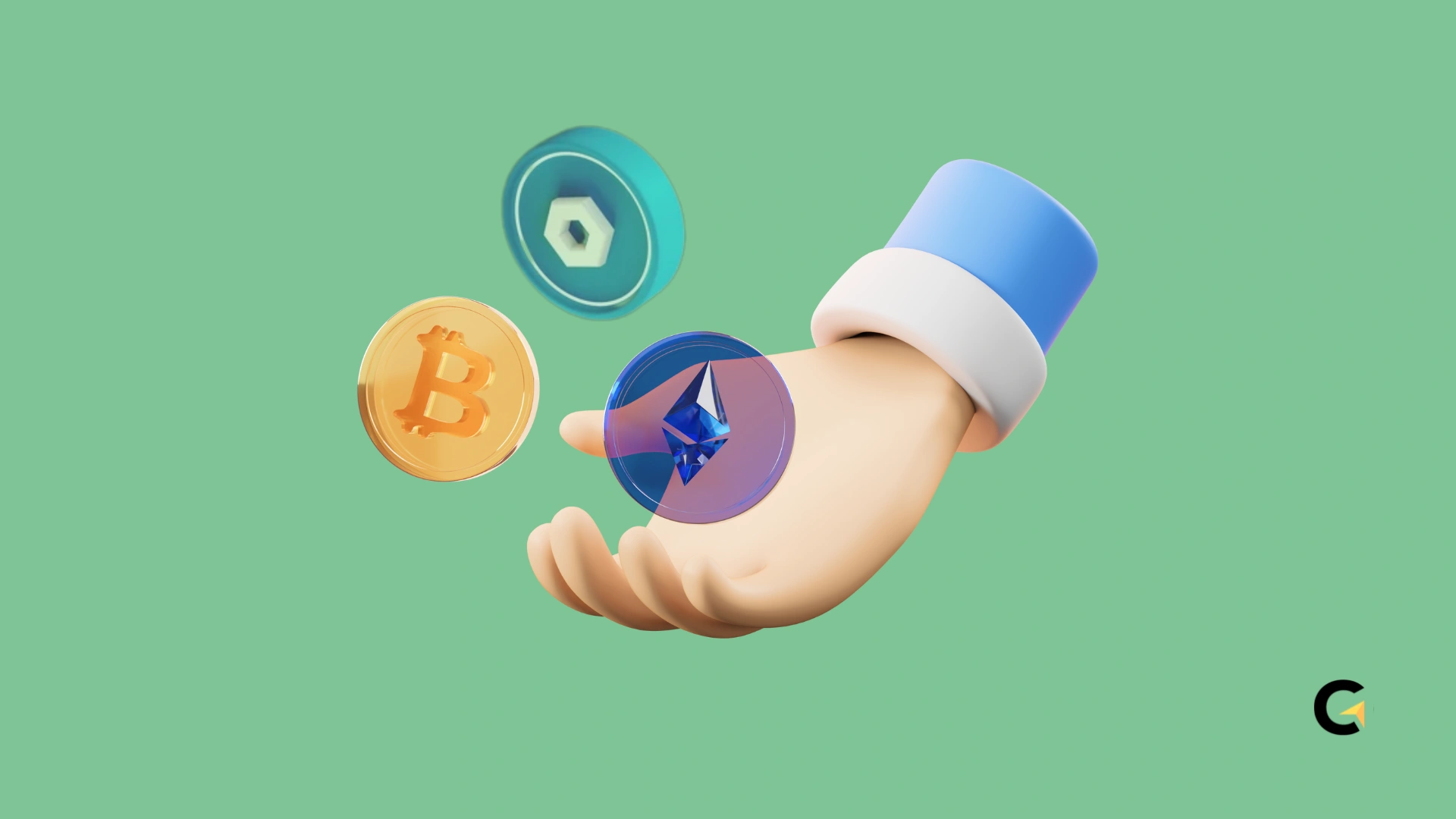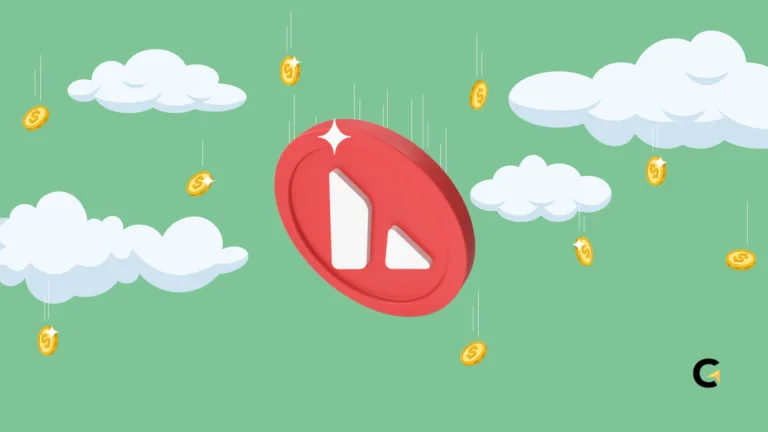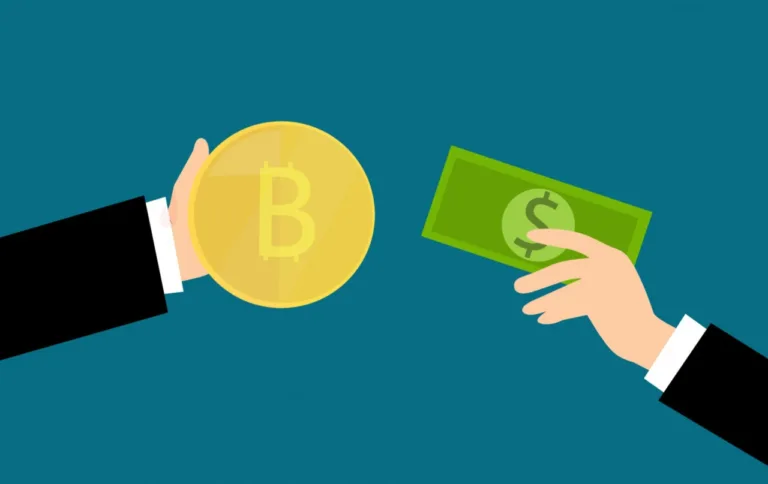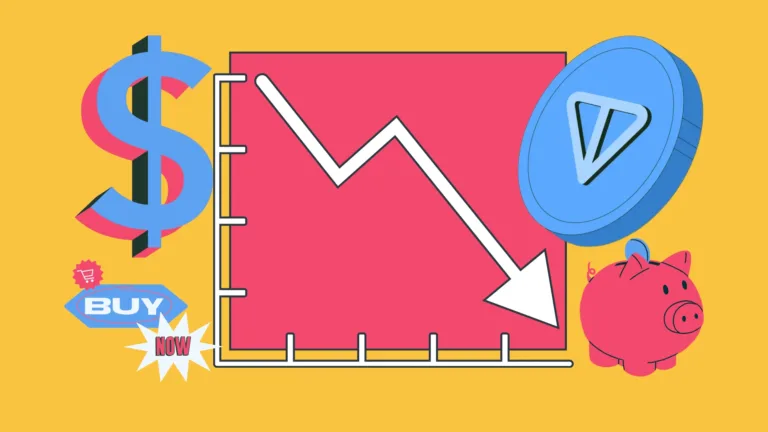Can Chainlink Reach $10,000?
Chainlink has become a pivotal oracle network, providing secure, real-time data across decentralized platforms.
Some realistic analysts project $20–$28 by 2025, and $100 by 2030. Looking further ahead, they see a $16K mark possible by 2040.
Enthusiasts and investors often speculate whether LINK could ever soar to a $10,000 valuation, a prospect that sounds fantastical given current tokenomics.
However, examining factors such as regulatory landscapes, market capitalization, technological innovation, and adoption rates may reveal scenarios, however improbable, where LINK’s price could experience unprecedented growth.
This article explores these drivers realistically, weighing optimism against hard reality to assess Chainlink’s potential.
Key Takeaways:
Hide- Changelly: Current LINK price target $20–28 by 2025, highlighting modest near-term growth (Source: Changelly)
- The Blockchain Academy: Emphasizes Chainlink’s pivotal role in bridging blockchain and real-world data (Source: The Blockchain Academy)
- Stealthex: Projects LINK could reach $16,411 by 2040 under highly bullish assumptions (Source: Stealthex)
- YouHodler: Highlights macroeconomic influences, noting inflation and interest rates can sway LINK’s performance (Source: YouHodler)
Chainlink Price Prediction to Hit $10,000

Chainlink’s trajectory is shaped by multiple interdependent elements that can drastically influence its market performance.
From regulatory shifts to competition, technological advancements and macroeconomic trends, each variable carries weight.
Analyzing these elements offers insight into whether LINK might defy odds and climb toward a $10,000 milestone amid crypto’s unpredictable environment.
Regulatory Impact
Regulatory clarity or crackdowns can swing Chainlink’s price dramatically. Favorable laws endorsing Chainlink for critical infrastructure, such as secure voting, supply chain audits, or DeFi applications, could ignite institutional demand, driving growth.
Conversely, stringent restrictions on digital assets or oracles could stifle development, deter investors, and trigger sell-offs.
LINK’s path to $10,000 hinges on its legal environment aligning with innovation-friendly frameworks globally.
Oracle Competition
Chainlink faces rivals aiming to provide decentralized data feeds. Protocols like Band Protocol, API3, and emerging oracle solutions strive for speed, security, or lower fees.
Chainlink must continuously enhance its node network, reduce latency, and expand partnerships to maintain dominance.
A failure to outpace competitors could fragment market share, diminishing LINK’s buying pressure and long-term valuation prospects.
Technological Advancement
For LINK to reach unprecedented levels, more than basic oracle functions are needed.
Integrations with AI-driven smart contracts, native cross-chain interoperability, and enhanced security protocols could redefine oracle services.
Advancements like Verifiable Random Functions (VRF) upgrades or off-chain computation layers would strengthen Chainlink’s moat.
Such innovations could justify premium valuations, but require sustained development and adoption.
Market Cap Requirements
A $10,000 LINK price implies a market capitalization in the tens of trillions of dollars, rivaling the world’s largest corporations.
Achieving that requires radical crypto market growth, likely a multi-trillion-dollar DeFi expansion.
While total crypto market cap could swell under bullish narratives, LINK capturing a significant slice remains a gargantuan challenge given competing tokens and current supply constraints.
Whale Influence & Tokenomics
Large holders can stir extreme volatility; whale accumulation often presages rallies, while coordinated sell-offs trigger steep declines.
Chainlink’s tokenomics, including staking incentives and circulating supply, influences scarcity. Even aggressive burn mechanics would struggle to shift fundamentals.
The vesting schedules for early investors can also unlock sudden sell pressure when cliff periods end, further complicating price stability.
Investors must monitor on-chain whale wallets and staking ratios to gauge potential price catalysts or imminent dumps.
Adoption & Real-World Integrations
Chainlink’s core value lies in bridging blockchains with real-world data. Insurance, supply chain tracking, and financial derivatives rely on reliable oracles.
Case studies include weather-triggered payouts and transparent logistics monitoring.
Securing enterprise partnerships with Fortune 500 companies or governments could exponentially boost demand for LINK tokens to power essential infrastructure.
Adoption on this scale is critical to justify any lofty valuation ambitions.
Key Tips for LINK’s Price Analysis
Understanding Chainlink’s path to $10,000 requires strategic market analysis, risk management.
These concise tips will help investors and enthusiasts navigate regulatory shifts, monitor market signals, evaluate technical developments, manage exposure.
By applying these best practices, you can maintain objectivity, anticipate potential catalysts as you consider LINK’s long-term price trajectory.
- Monitor regulatory updates globally to anticipate policy-driven price swings.
- Track competitor oracle protocols’ progress and market share changes.
- Review on-chain metrics like staking participation and active addresses for demand signals.
- Analyze whale wallet movements to foresee accumulation or dump events.
- Assess tokenomics aspects, including supply schedules and potential burn mechanisms.
- Evaluate real-world integration announcements, such as enterprise partnerships or oracle deployments.
The Potential of Chainlink to Hit $10,000
Despite Chainlink’s robust technology and expanding ecosystem, the convergence of exceptionally favorable regulatory frameworks, overwhelming market growth, and unparalleled adoption would be required to drive LINK to a $10,000 valuation.
Each driver, from oracle competition to on-chain activity, introduces significant hurdles. Investors should weigh optimism with realistic risk assessments.
While niche use cases and enterprise partnerships can bolster demand, a price surge of over 66,000% is unlikely under current trajectories.







